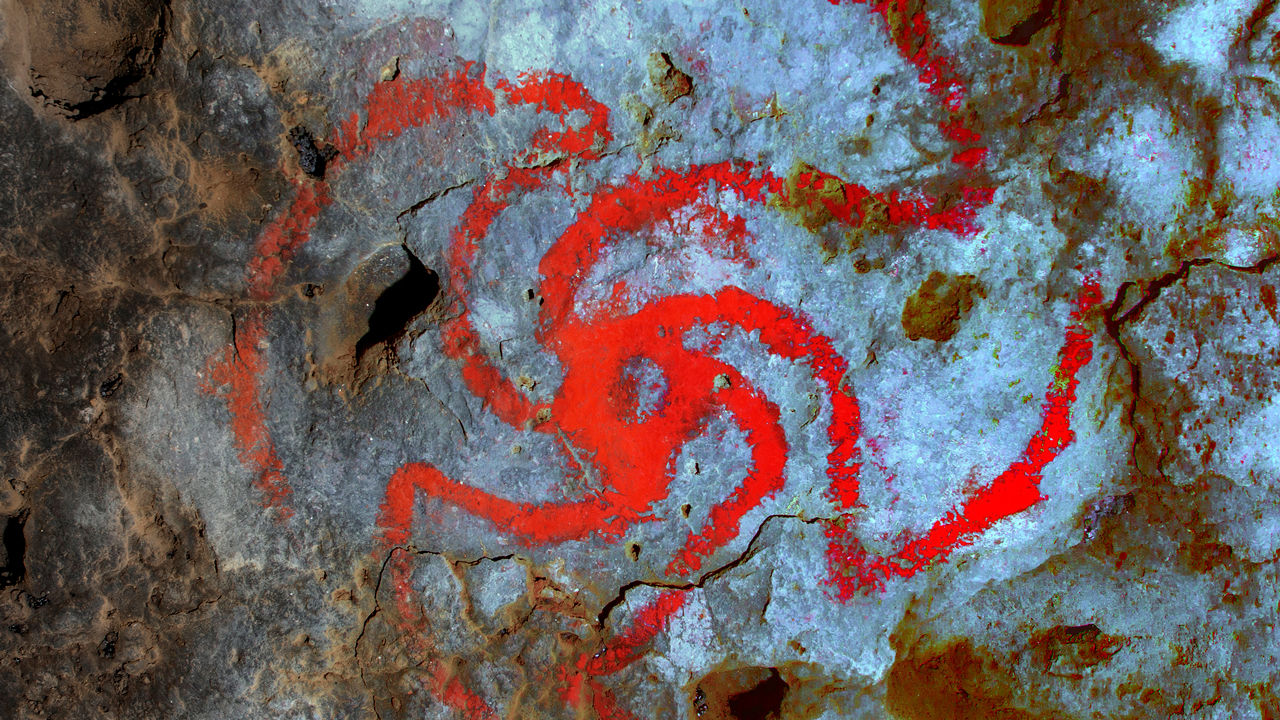The rock art that researchers believe may represent the pinwheel-shaped Datura flower Devlin Gandy With recurring zigzags, spirals, and other simple geometric patterns, ancient rock art is sometimes surprisingly similar across the globe.
One hypothesis is that the artists were all using psychoactive compounds, which nudged the brain toward certain patterns. Now, a new find from a roughly 500-year-old cave used by Native Americans suggests such compounds may indeed have been an important component of their rock art.
But the art itself may not have depicted the experience of tripping. “They have broken away from the ludicrous school of thought … which saw all rock art as trance imagery produced by shamans,” says Paul Bahn, an archeologist at Archaeological Institute of America who was not involved in the research.
The site of the discovery is Pinwheel Cave in southern California, about 80 kilometers northeast of Santa Barbara. The cave gets its name for a large red pinwheel-shaped drawing on its ceiling; some archaeologists have hypothesized it represents a genus of the psychoactive flower Datura.
The flower contains the alkaloids scopolamine and atropine, which are considered an entheogen—a psychoactive compound used in a spiritual context. The Chumash people of […]


Add a comment






